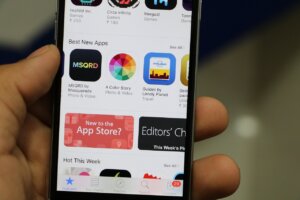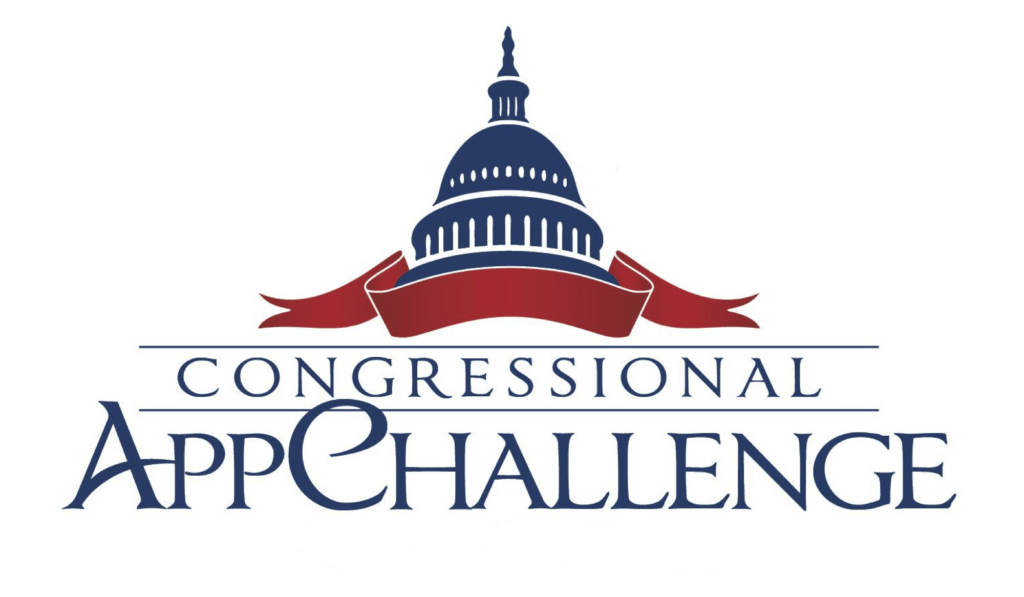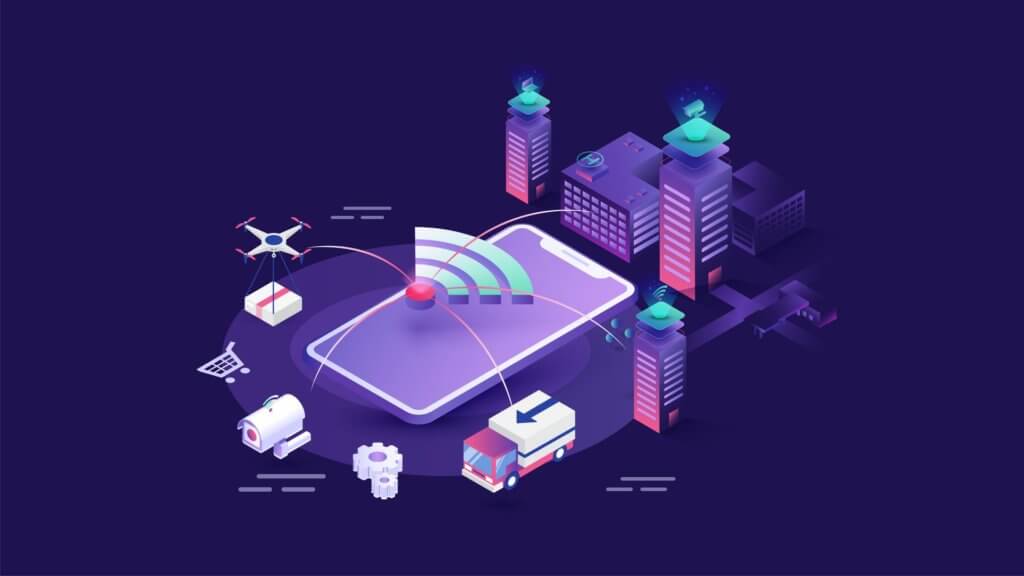Localization and Internationalization: Expanding Your App’s Global Reach
January 7, 2025 - 18 minutes readAfter reading this article, you’ll:
- Understand the crucial distinction between internationalization (i18n) and localization (L10n), where internationalization creates language-agnostic foundations while localization adapts apps for specific markets and cultures
- Recognize the comprehensive benefits of global app expansion beyond just translation, including increased user base, higher revenue potential, strengthened brand presence, and enhanced user satisfaction across diverse markets
- Learn the essential elements of effective app localization across multiple dimensions: high-quality language translation, cultural adaptation, design modifications for different scripts and layouts, and regional legal/regulatory compliance

The global app market has seen tremendous growth in recent years, fueled by the rising adoption of smartphones around the world. Emerging markets like Asia, Latin America, and Africa present lucrative opportunities for app developers, as mobile penetration continues to increase rapidly in these regions.
As the market grows more saturated in developed countries, expanding your app’s reach to new geographic regions is key for driving additional downloads and revenue. However, entering new international markets requires more than just translation. Developers need to deeply consider how to adapt their app to resonate with diverse cultures, languages, and user preferences.
The processes of localization and internationalization are critical for tailoring your mobile app experience and content for international audiences. Thoughtful localization can lead to increased downloads and usage, higher conversion rates and revenue from in-app purchases, and ultimately better user satisfaction through cultural relevance.
In today’s competitive global app ecosystem, taking the time to internationalize and localize to support multiple languages and regions can provide a key competitive advantage. The initial upfront investment pays dividends through opening up access to more users around the world, building your brand globally, and boosting operational efficiency for ongoing support and content updates.
This article will dig deeper into global app market dynamics, the differences between localization and internationalization, tips for effective localization, processes to scale globally, and measuring the ROI from expansion efforts.
Understanding the Basics: Internationalization vs. Localization
Internationalization (often abbreviated i18n) refers to the process of designing and developing an app to be language and culture-agnostic from the start. The goal is to create neutral, flexible foundations that can then be more easily adapted to different languages and regions.
Some key aspects of internationalization include:
- Abstracting all text, images, and symbols into separate resource files or databases rather than hardcoded in source code
- Formatting dates, times, addresses, and phone numbers in culture-neutral ways
- Supporting number and text formatting differences, such as decimal separators
- Building space for expansion into longer translated text
- Creating interfaces to swap out cultural assets like colors, graphics, and layout
Localization (abbreviated L10n) is the process of then taking an internationalized app and making it appropriate for a specific target locale or market. This involves:
- Translating all text into the native language
- Adapting graphics for local culture and aesthetics
- Converting formatting of dates/times, currencies, addresses, etc.
- Adjusting UI layouts to accommodate different text lengths
The upfront investment into internationalization pays off in the long run by making ongoing localization far simpler and cost-effective. Rather than re-engineering parts of the app to support each new language, developers can use the frameworks they built to quickly plug in new translations and cultural customizations.
The combination of internationalization and localization makes releasing and maintaining your app globally much more scalable than attempting to support multiple regions one-off.
Key Benefits of Going Global
Expanding your app’s availability and appeal across different geographic regions has a range of potential benefits:
Increase in User Base and Market Share
Releasing your app internationally opens up access to entire new pools of potential users. Supporting just a few additional languages can tap into enormous markets like China, Latin America, and the Middle East. Even smaller or emerging markets provide new communities to engage.
Higher Revenue Potential
More users means more opportunities for paid downloads, in-app purchases, subscriptions, and ad impressions. Optimizing monetization for each distinct regional market is key, but the aggregated global results can be impressive. Think exponential rather than incremental growth.
Strengthened Brand Presence and Loyalty
Making your app culturally relevant across diverse user bases helps establish your brand as a global leader. Users perceive the commitment to their language and region as more thoughtful and respectful. This drives greater brand affinity and loyalty over the long term.
Enhanced User Satisfaction
An internationalized and localized app feels like it was built specifically for a local market. When users can engage with the content and features in their native language, it boosts retention and satisfaction. Moreover, happy local users are more likely to leave positive reviews and refer friends, compounding growth.
Taking a global approach allows your app to transcend borders, appeal to many more potential customers, and build lasting affinity across cultures. The localization investment pays back dividends through improved market share, revenue, and loyalty over time.
Elements of Effective App Localization
Thoughtful localization requires looking at more than just language translation. There are several important elements to consider for each target market:
Language and Translation
High-quality translation and linguistic adaptation are the foundation of localization. Human translators with native fluency are ideal to convey the right nuances, though machine translation can assist. Either way, emphasis should be placed on context, cultural appropriateness, and region-specific terminology. Testing localized content with actual users from each market provides valuable feedback for refinements as well.
Cultural and Regional Nuances
Making sure localized content resonates with a region’s culture goes beyond proper language translation. Elements like colors, symbols, graphics, humor, and pop culture references may need fine-tuning for different audiences. Even elements like date and time formats, address forms, units of measure, and currency denote important regional differences to get right.
Design Considerations
Some languages require UI and layout modifications as well. Right-to-left scripts like Arabic and Hebrew mandate mirrored designs. East Asian fonts need larger text blocks. And many languages require special fonts and input methods to support local writing scripts (Cyrillic, Chinese, Devanagari, etc).
Legal and Regulatory Compliance
Apps must adhere to laws and regulations that vary across countries and regions. For example, Europe’s GDPR imposes strict new data privacy rules. Other elements like terms of service and EULA notices need to be localized appropriately for each area’s legal standards and consumer expectations. Failing compliance can risk app removal and legal consequences.
Accounting for these elements takes time and care, but pays off through higher quality, relevance, and user trust globally. Prioritizing areas that require heavy localization first allows you to test and refine your processes for efficient expansion later.
Building Internationalization into the Development Process
 Creating a solid internationalization framework from the start of development can streamline broader localization efforts down the road. Here are some best practices:
Creating a solid internationalization framework from the start of development can streamline broader localization efforts down the road. Here are some best practices:
Modular Code Architecture
The most fundamental requirement is separating localized content from core code, such as storing UI strings in resource files rather than hard-coding text. Using proven frameworks and libraries with built-in i18n capabilities also avoids reinventing the wheel.
Scalable Backend Infrastructure
The backend server and database architectures need to gracefully support multiple languages, locales, and types of multilingual content at scale. Planning efficient content models is crucial.
Continuous Integration and Delivery (CI/CD)
Automating as much of the localization process as possible through the CI/CD pipeline reduces overhead for developers. This includes integrating machine translation APIs, automated UI screenshot capturing across languages, and streamlining app store publish processes.
Building future flexibility into the source code, infrastructure, and delivery pipelines from day one reduces the incremental effort required for each additional language. It also enables more agility to respond to new international market opportunities. Architecting for i18n sets up long-term localization success.
Testing and QA for Global Releases
Releasing an app globally requires extensive testing and QA not just for functionality but also for localization quality, cultural appropriateness, and compliance:
Functional Testing Across Locales
Rigorously validating that language toggling does not break core app flows is crucial. Layouts may also need testing for languages with significant text expansion, like German or Russian.
Linguistic Testing
Human review by native speakers or professional linguists provides essential feedback on translation quality and cultural sensitivities. Both linguistic precision and contextual appropriateness matter.
Compliance and Policy Checks
Apps must comply with laws and regulations that vary across regions, like data privacy protections, content restrictions, intellectual property rules, and app store terms. Violations could block publish/update approvals.
Investing in international test coverage, translation QA, and compliance audits is essential for smooth global launches. Prioritizing these key aspects of testing reduces disruptive issues down the line and protects your global brand reputation.
Marketing Your International App
Launching globally requires tailored marketing and engagement strategies that align with each regional audience:
Localized App Store Listings
Translating app store metadata is just the first step. Optimizing descriptions and screenshots for local search keywords and preferences is critical for discovery.
Regional Launch Strategies
Soft launches allow testing and iteration before wider promotion. Targeted PR outreach and paid channels should be localized as well. Adapting creatives and messaging to cultural nuances goes far.
Support and Community Engagement
Providing native language customer support and moderating local user forums builds trust and loyalty. Actively responding to user feedback also yields insights to improve localization quality over time.
The most effective global marketing feels locally relevant, not just generally translated. Taking time to analyze and test what resonates in terms of messaging and content is an ongoing optimization exercise, but pays dividends through higher conversion rates across regions.
Measuring Success and ROI
 Understanding the ROI from internationalization and localization efforts requires tracking key metrics across regions:
Understanding the ROI from internationalization and localization efforts requires tracking key metrics across regions:
Key Performance Indicators (KPIs)
Leading indicators include downloads, activations, retention rates, engagement levels, and lifetime value by user cohort. Comparing trends across mature and new markets quantifies impact.
Iterating Based on Feedback
Actively collecting qualitative feedback around translations, cultural nuances, features, and UX from local users provides actionable insights for iteration. This fuels ongoing localization quality improvement.
Success Stories
Top apps like TikTok, Spotify, and Instagram have leveraged effective localization to drive massive user and revenue growth across Europe, Latin America, and Asia. Their global scale and engagement underscores the expansive opportunities from nurturing international audiences.
The true measures of return from localization investments are the incremental long-term gains across global market share, top line revenue, and loyalty. Quantifying and optimizing for gains across KPIs and qualitative feedback ensures continual localization improvements over time.
Best Practices and Future Trends
Successful global apps take a proactive, forward-looking approach even from initial development stages:
Proactive Planning and Research
Conducting early market research to understand local language nuances, cultural dimensions, regulations, and user needs in target regions helps inform effective localization down the line.
Emerging Technologies
AI and machine learning promise to augment translation quality and continually adapt UX to local preferences based on usage patterns. As these solutions mature, they will enable faster and more customized experiences.
Continuous Localization Approach (LocOps)
Leading apps now bake localization into product roadmaps and dev ops cycles from the start. Rapid iteration to test new languages and regions provides valuable speed and agility advantages in global markets.
The most globally ambitious apps today use data-driven research to localize early, localize often, and continually optimize based on measurable user engagement across markets. Prioritizing localization and optimizing dynamically will only accelerate as international audiences drive app growth.
Frequently Asked Questions (FAQs) on App Localization and Internationalization
What’s the difference between internationalization (i18n) and localization (L10n)?
Internationalization (i18n) is the process of designing and developing an app to be language and culture-neutral from the start, creating flexible foundations that can be adapted to different regions. Localization (L10n), on the other hand, is the process of taking that internationalized app and adapting it for a specific market by translating content, adjusting cultural elements, and modifying formats for things like dates, currencies, and addresses.
When should I start thinking about internationalizing my app?
You should incorporate internationalization into your development process from the very beginning. Building a modular code architecture that separates localized content from core code and establishing scalable backend infrastructure early on will make future localization efforts much more efficient and cost-effective. Trying to internationalize an app after it’s built can require significant re-engineering.
What elements need to be considered beyond just translating the text?
Beyond text translation, you need to consider cultural nuances (colors, symbols, graphics, humor), design modifications (right-to-left scripts, font sizes for different languages), formatting differences (dates, times, currencies, addresses), legal compliance for different regions, and technical aspects like UI layout adjustments for text expansion. You’ll also need to adapt app store listings and marketing materials for each region.
How do I ensure the quality of my app’s localization?
Quality assurance for localization requires multiple testing approaches: functional testing across different locales to verify that language switching doesn’t break app features, linguistic testing by native speakers to verify translation accuracy and cultural appropriateness, and compliance checks for regional laws and regulations. Additionally, gathering feedback from users in target markets can help refine and improve localization quality over time.
What are the key metrics to measure the success of app localization?
Success can be measured through various key performance indicators (KPIs) including downloads, user activation rates, retention rates, engagement levels, and lifetime value across different regional user cohorts. You should also track qualitative feedback about translations, cultural nuances, and user experience from local users. Comparing these metrics between established and new markets helps quantify the ROI of your localization efforts.
Tags: app internationalization, app localization, internationalization, localization








